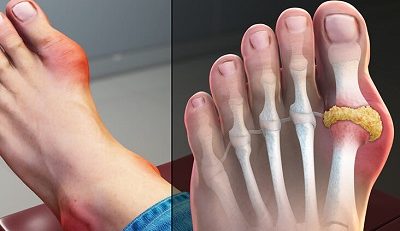How Ones Bone & Joints Change With Age
With age, various changes naturally occur in our body. we’ve more wrinkles, grey hair appears. All of those are external changes. However, many people aren’t aware that ageing also affects our skeletal system. Our bones and joints also change with age. Here we discuss what happens to our skeleton, and what must be done to take care of the health of our bones and joints.
HOW DO OUR BONES CHANGE?
Throughout life, our bones are constantly changing. The body naturally gets obviate the “aged” bone tissue and replaces it with a replacement one. While we are young, bone tissue is replaced much faster than lost. Therefore, bones at a young age are much denser and stronger. Peak bone mass in most of the people is about 30 years old.
When the bone mass reaches its peak value for a time, approximately as about new bone tissue is created within the body because it is lost, however, after about 40 years of age, bone formation processes begin to lag. Bones as a result of this become thinner and weaker, gradually increasing the chance of osteoporosis.
Osteoporosis is a disease characterized by progressive bone loss. Osteoporotic bones are structurally different from normal. In women after menopause, bone loss accelerates.
HOW DO OUR JOINTS CHANGE?
Our joints have active structures that change with age. The decrease in water content, as well as natural wear and tear, gradually destroys articular cartilage – one among the foremost important components necessary for the normal functioning of the joint.
The articular cartilage covers the articular surfaces of the bones and ensures their free sliding relative to one other, absorbing some of the loads on the joint. A disease characterized by wear of the articular cartilage is termed osteoarthrosis.
Some problems related to age-related changes within the joints are often avoided. one among the issues that always accompany ageing, but which isn’t its natural component, is low physical activity. As we grow old, we move less. It must be understood that the less we move, the less mobile our joints become. besides joints, muscles also suffer – they become weaker. People leading an energetic lifestyle despite old age have healthier bones and joints.
IS IT POSSIBLE to turn BACK THE CLOCK?
Everyone is ageing, but there are many various things you can do to keep your bones and joints in good shape, delaying the appearance of problems or perhaps preventing them. Try these tips:
Ask your rheumatologist in Pune what medications may affect your bones. Many drugs enhance bone loss, like long-term use of anticonvulsants, some drugs used to treat cancer, anti-inflammatory drugs from the corticosteroid group used to treat arthritis and lots of other diseases, like asthma, Crohn’s disease, lupus.
Exercise regularly:
Physical activity not only allows you to take care of the mobility of your joints, it minimizes bone loss, and also supports muscular tonus and strength, thereby helping to stop falls.
Vitamins:
Eat enough calcium and vitamin D with food. These nutritional supplements are essential for normal bone function. The doctor will tell you how many you require. If you’re unsure that you simply are getting enough of them with food, ask your arthritis specialist in Pune to offer them to you.
Weight:
Maintain a healthy weight. Being overweight may be a reason behind joint overload and results in accelerated wear of bones and joints, increasing the chance of osteoarthritis.
Considering all these factors Dr. Nilesh Patil – Best Rheumatologist in Pune always suggest his patients follow a healthy lifestyle by exercising regularly, eating a healthy diet and maintain their weight.


